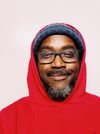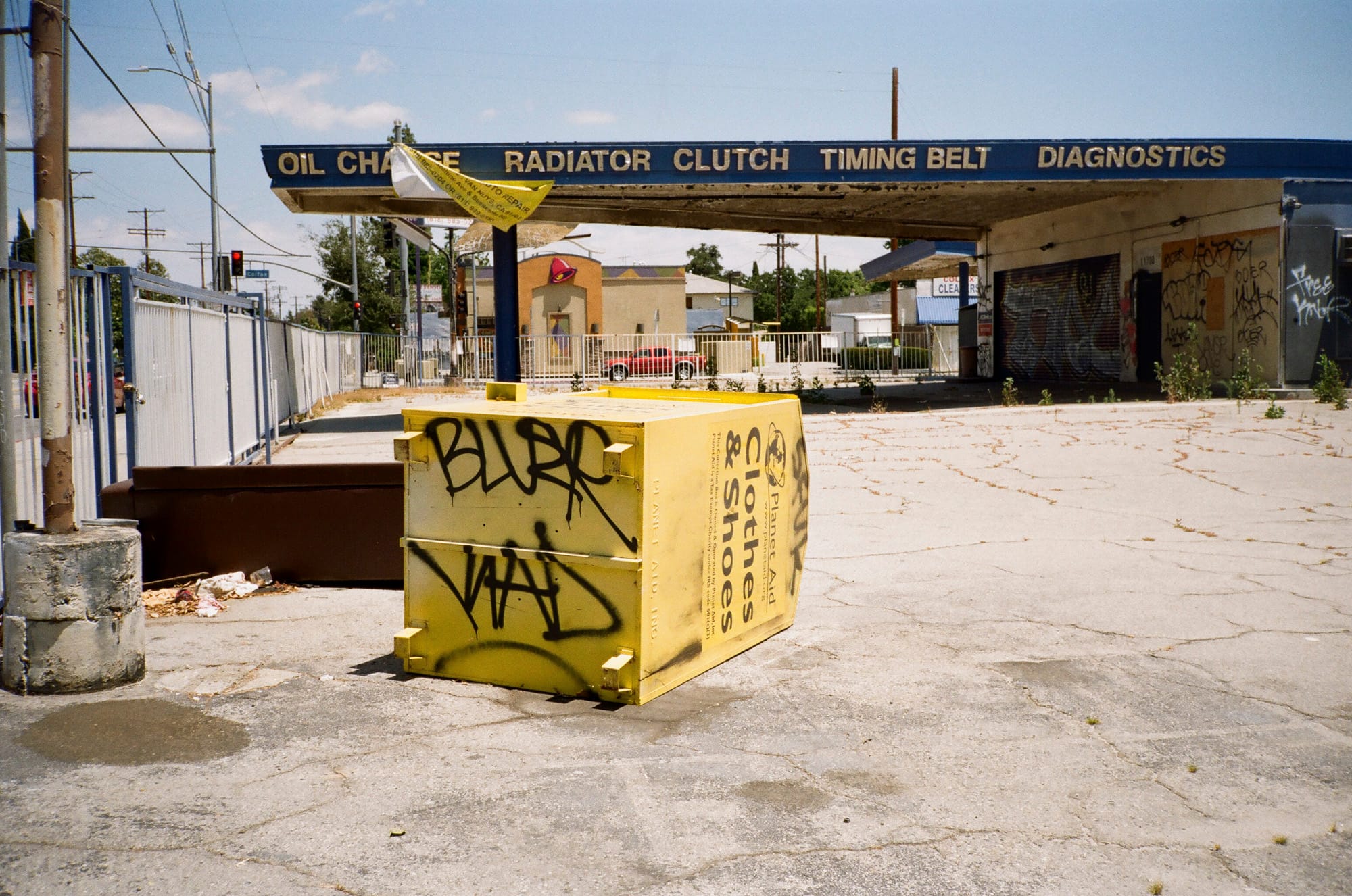A Landscape Photographer
I’m a landscape photographer. My focus happens to be the urban and built environment but it is landscape nonetheless. I tend to take pictures that document the ephemeral, selecting details that are inconspicuous to most yet specific to the places I document.
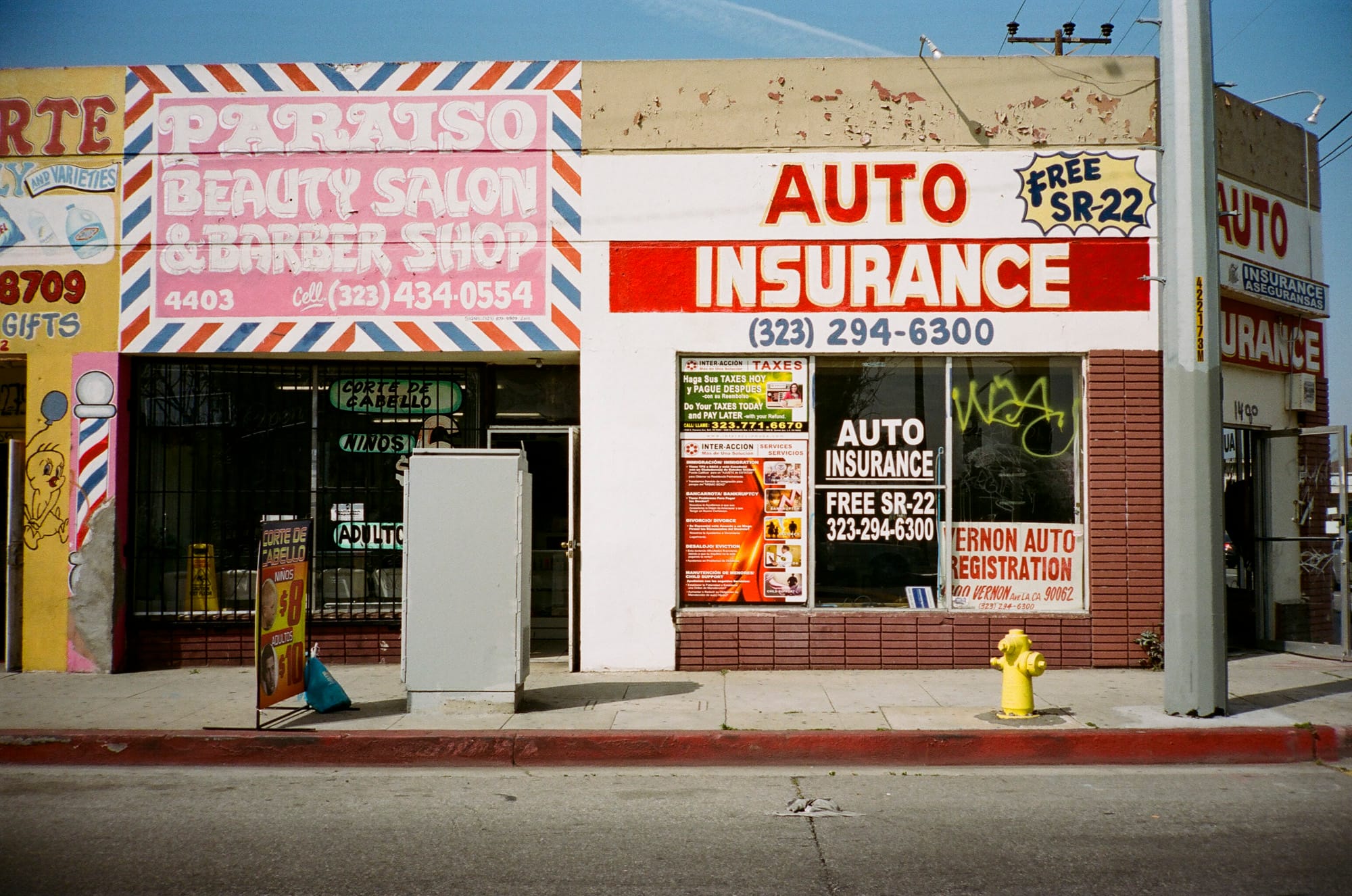
Archival Recordings 14
I’m a landscape photographer. My focus happens to be the urban and built environment but it is landscape nonetheless. I tend to take pictures that document the ephemeral, selecting details that are inconspicuous to most yet specific to the places I document. My work doesn’t fit neatly into a category and early in my career that ambiguity ate away at my confidence as an artist. What the public classified as landscape photography was based on photographs of natural spaces, which not only did I lack access to, but I also wasn’t terribly interested in photographing at the time. Growing up in Los Angeles nurtured a strong connection to the neighborhoods and streets in the city and that is what I wanted to photograph.
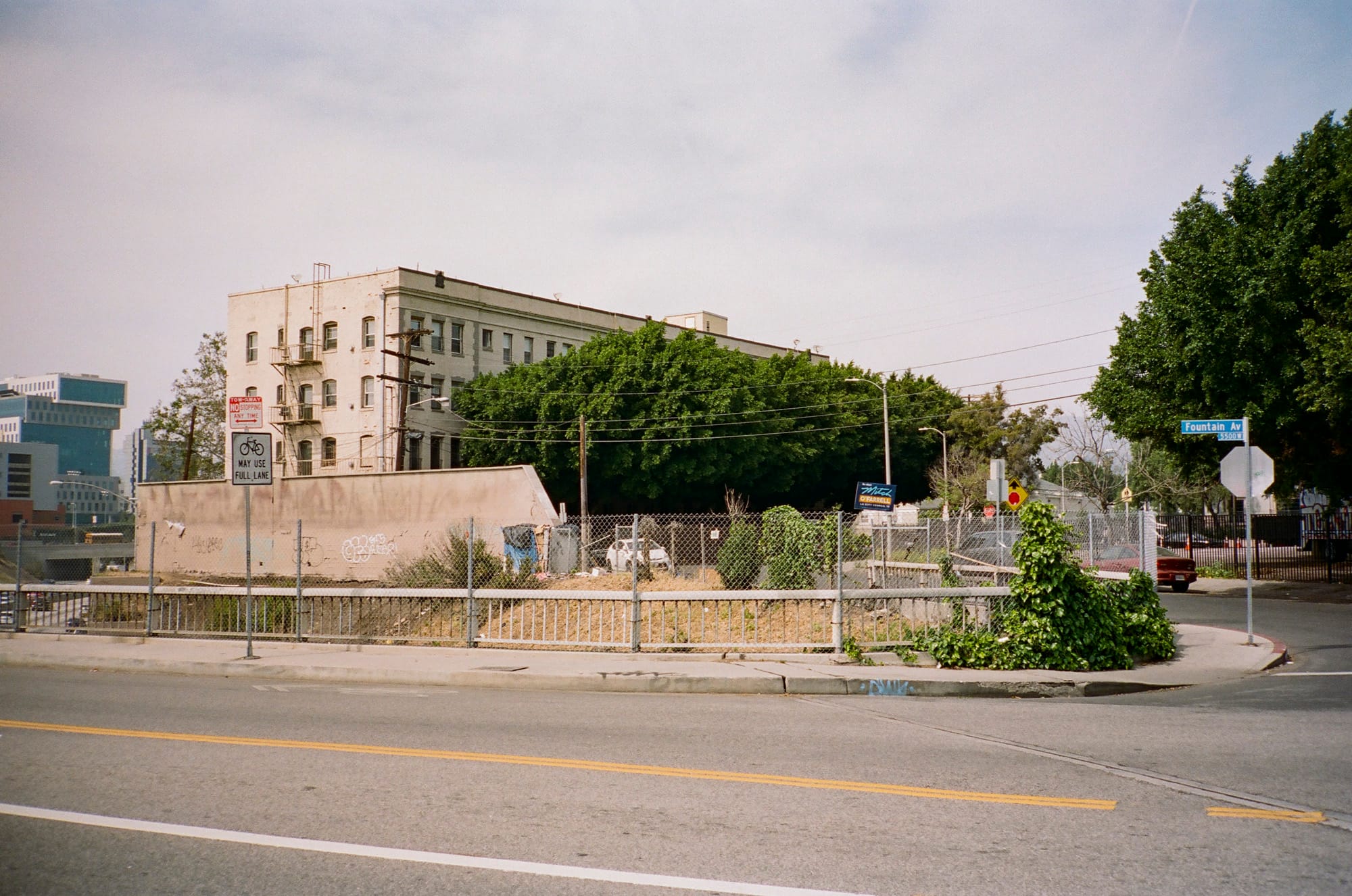
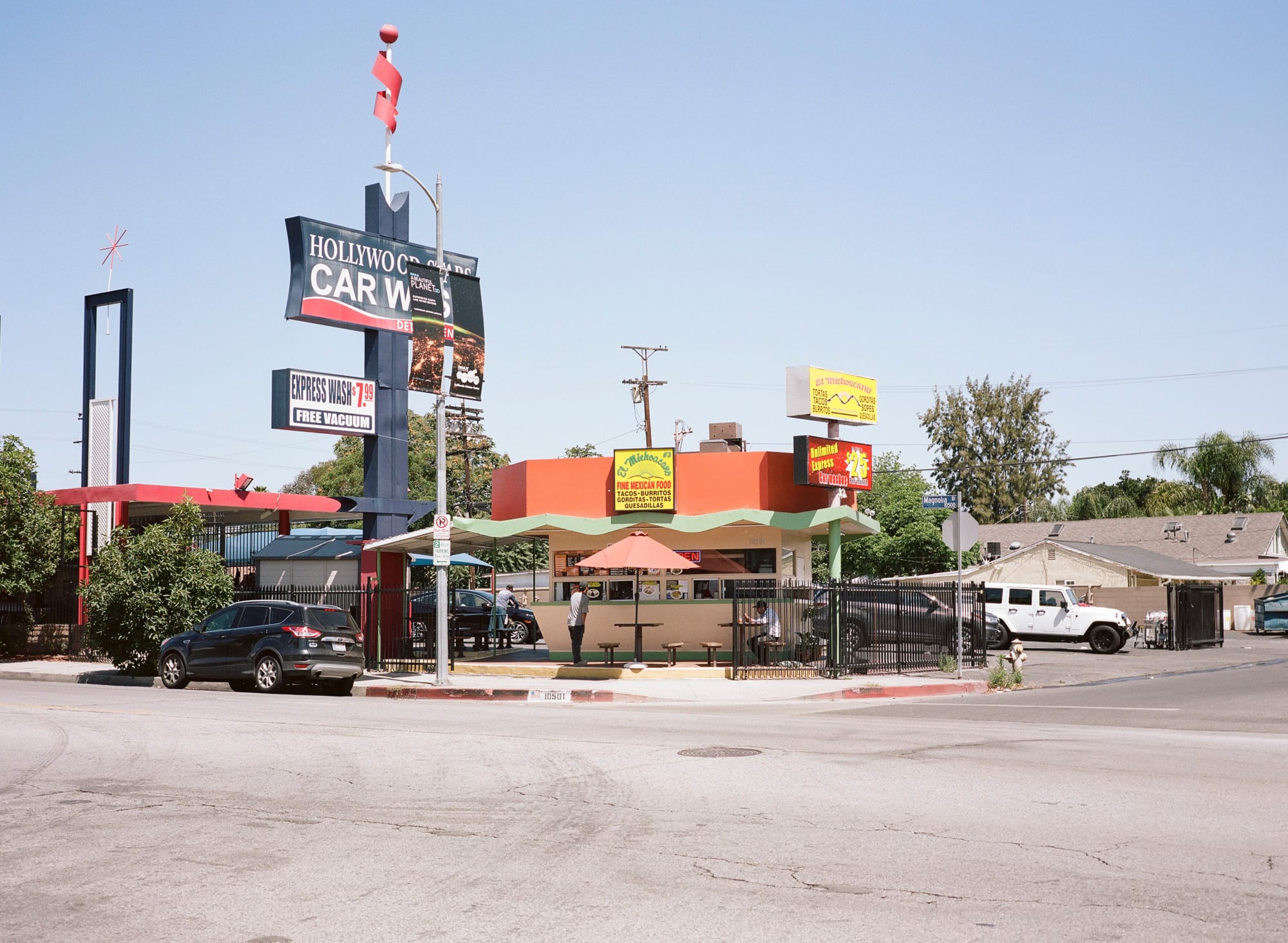
A lot of my work is labeled as street photography and while I understand the ways in which it overlaps, my main subjects have mostly been the spaces people inhabit and their presence in my compositions is mostly incidental (unless I am specifically aiming to document people, which I do occasionally). Although it was tough at the outset, I eventually made peace with my work being in between categories. I find that the most important part of creativity is what your intention is. Even if your audience doesn’t necessarily see it all the time, it becomes clearer and easier to express as you master your practice.
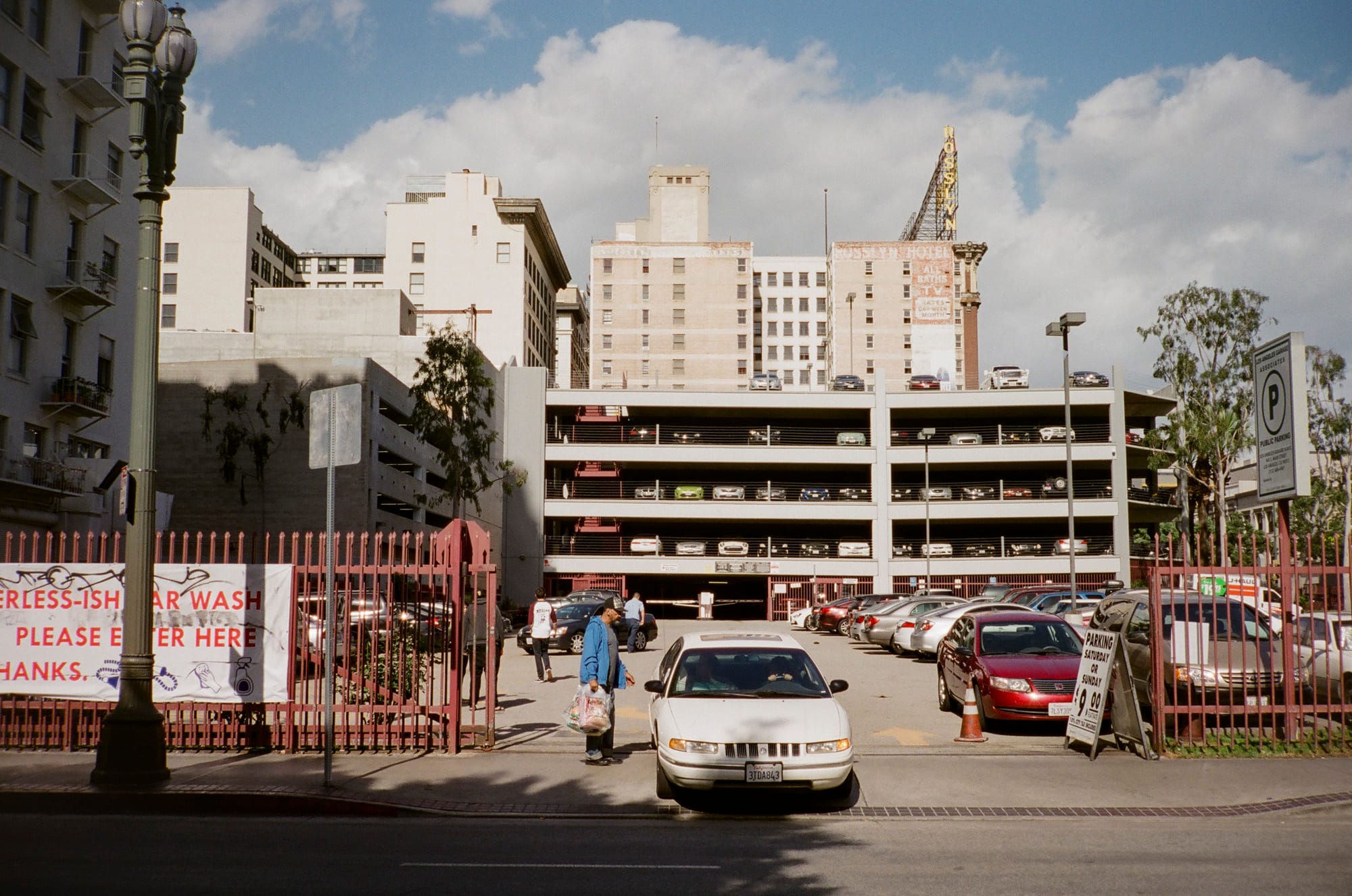
Like any photographer, I have several people whose work has inspired and guided me along the way. One of my early inspirations (like many) was the work of Ansel Adams. His work showed me what can be accomplished with the right approach, technical mastery, and discipline. As I delved deeper into the medium, the work of Gordon Parks, LaToya Ruby Frazier, and Jamel Shabazz taught me about the social implications of photography and how the unique perspective of being Black in the U.S. could be applied to the craft. I began to experiment with the ways that my interpretation of neighborhoods and lived experiences differed from what I saw and read. Exploring their work helped me articulate that perspective through my work. Another major part in me pulling it all together was the New Topographics Exhibition held at LACMA in the early 2000’s. As a self taught photographer, it was the first time that I had seen work of that sort gain institutional recognition. I immediately felt at home aesthetically and have often looked back at that work over the years. The work of Stephen Shore and Robert Adams in particular have had an enormous influence on the photographer I have grown to be.
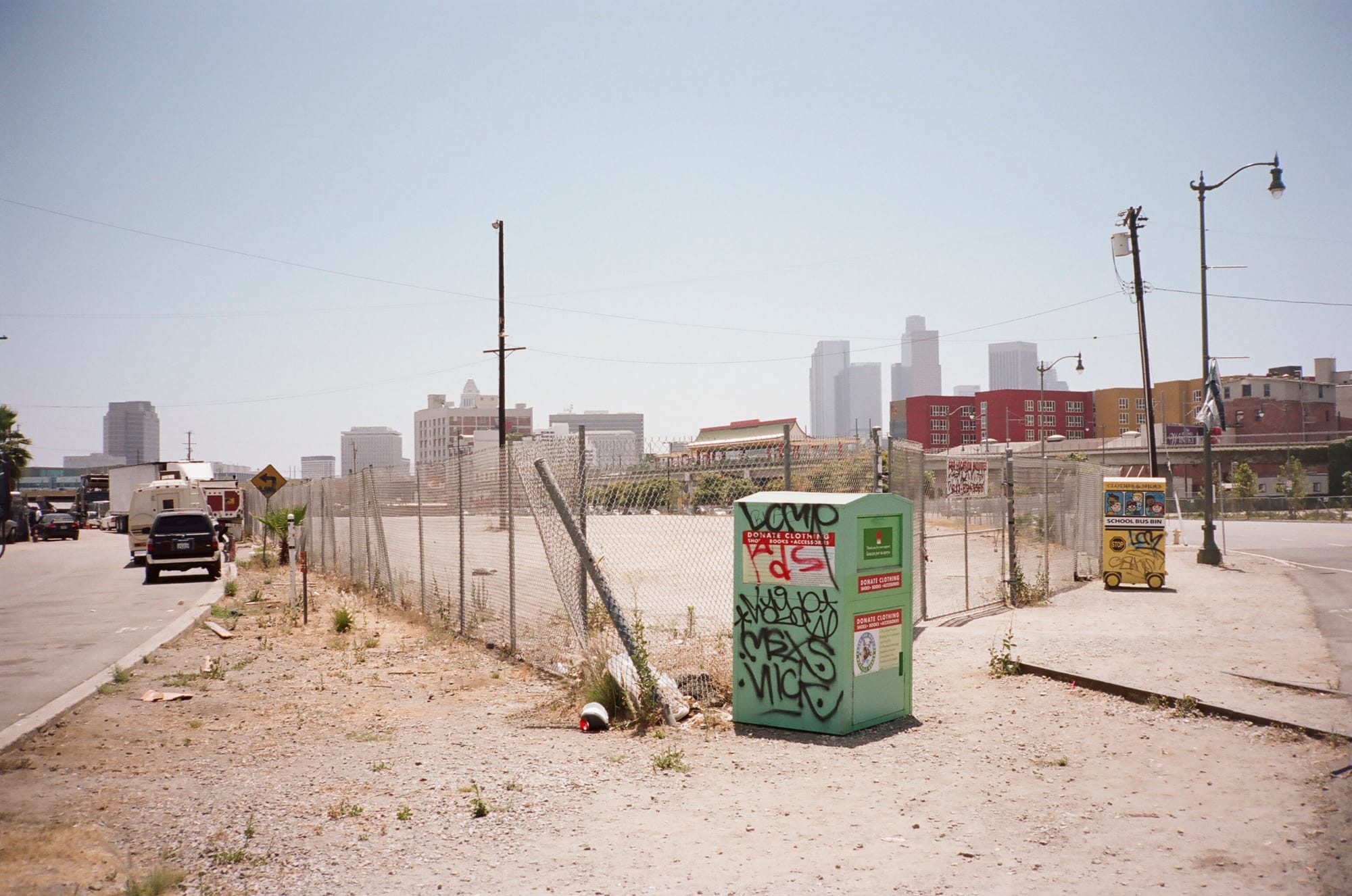
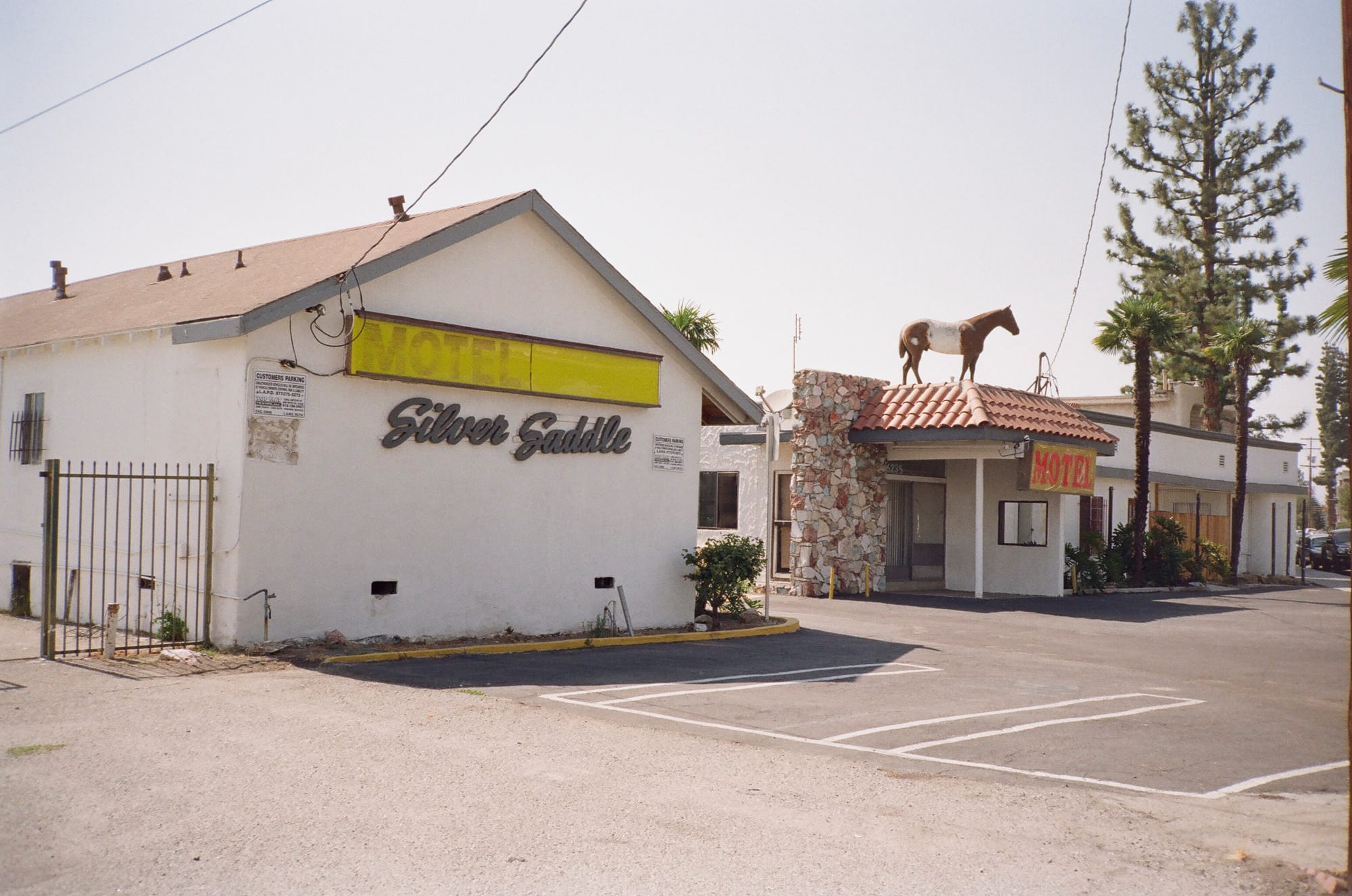
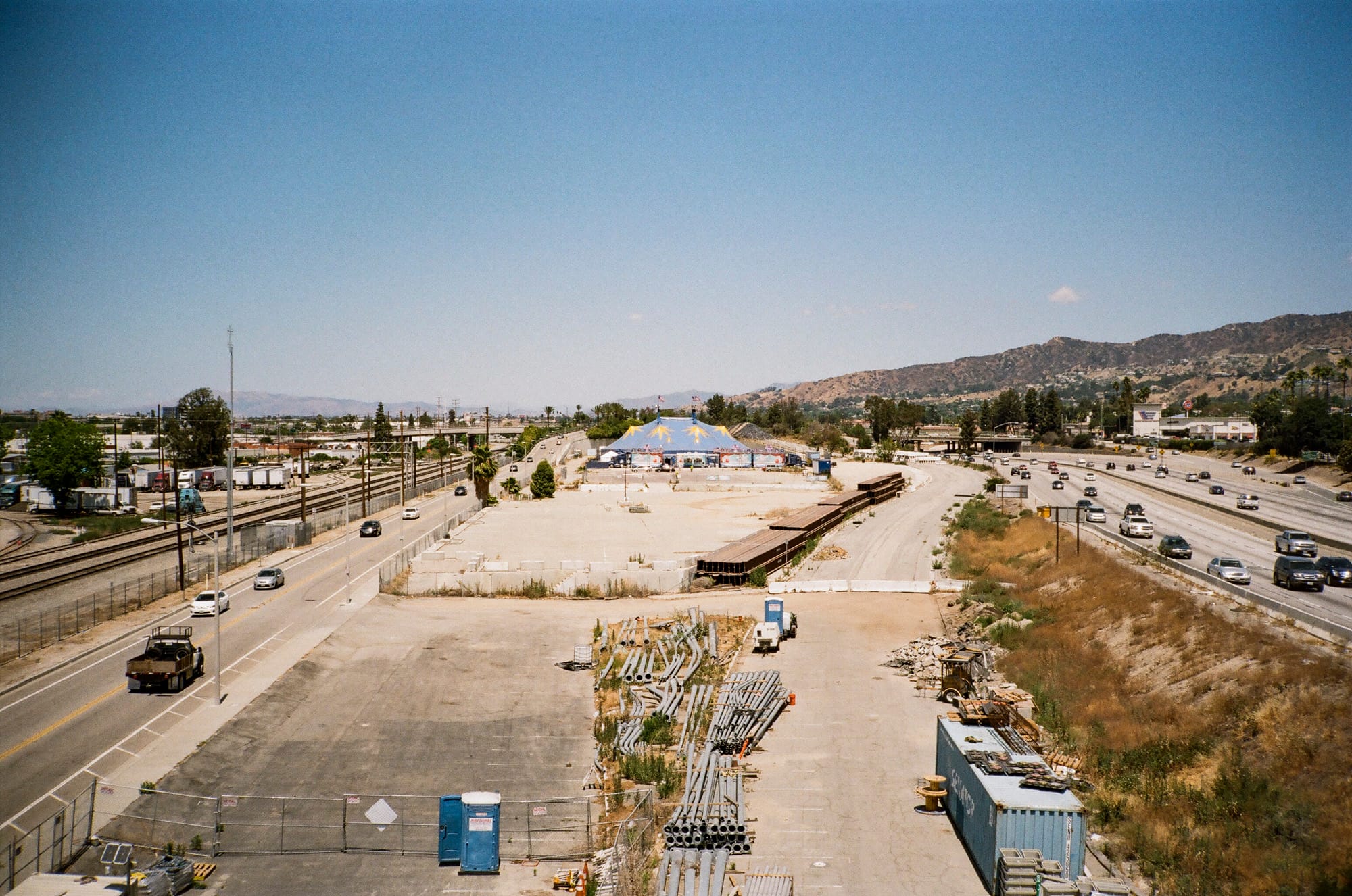
Over the years I have focused on photographing the urban landscape in places that are often overlooked in Los Angeles and beyond. I’m particularly interested in the impact that gentrification and displacement have had on communities of color in the United States. My approach of recording the landscape's reconfigurations over time as the result of redevelopment is a way to preserve the most vulnerable communal spaces. This primary objective is one of the reasons that I started Archival Recordings in the first place.
Archival Spotlight
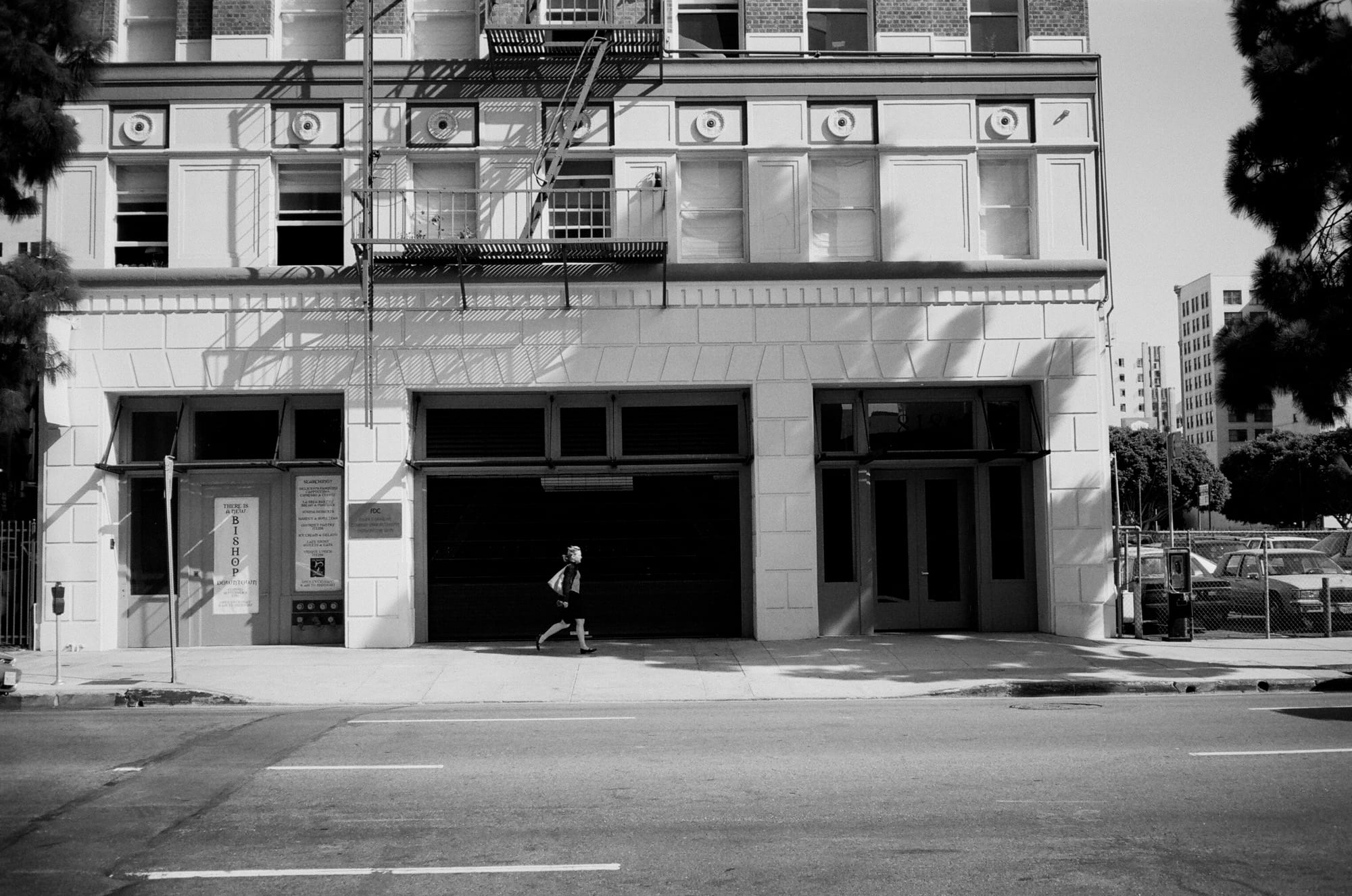
This photograph was almost lost forever. Back in 2006, I pretty much shot film exclusively. Working in Downtown Los Angeles at the time was a true blessing as it was both incredibly busy and on the cusp of a redevelopment boom that would remake the city. I was locked into a routine of shooting all week (on lunch breaks and after work) and then getting the work developed/scanned Fridays but it was getting really expensive. A lot of the time, I would just keep the rolls with the intention of getting them processed but inevitably things pile up. I ended up with a stash of about 15 rolls that sat in a drawer for almost a decade until 2015. When I found them, I got developed and struck gold! The work had survived, despite being stored incorrectly and almost discarded. The images on those negatives formed the core of my early L.A. work, it’s crazy that they almost never saw the light of day.
Zines & Things
Remember to check out my online shop for zines and a limited edition print I have available this month. You can find more info at Structure & Hue.
I'm also hard at work on the next Archival Recordings printed zine! Although you can purchase them separately at my online shop the best way to get a copy is to subscribe to the paid tier of Archival Recordings directly. That way I'll mail them to you directly as soon as they drop. Click below for more info:
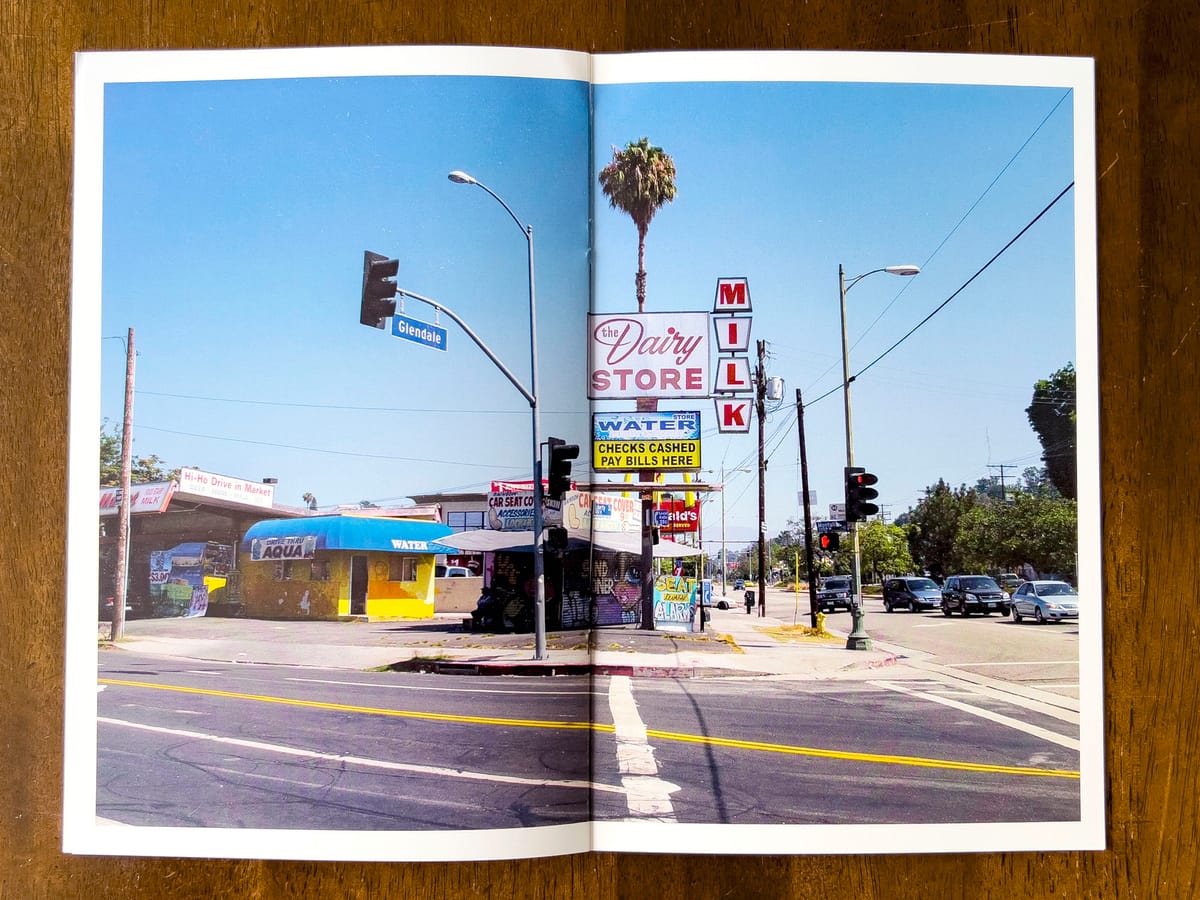
As always, thanks for the support and be sure to spread the word!
-Kwasi

